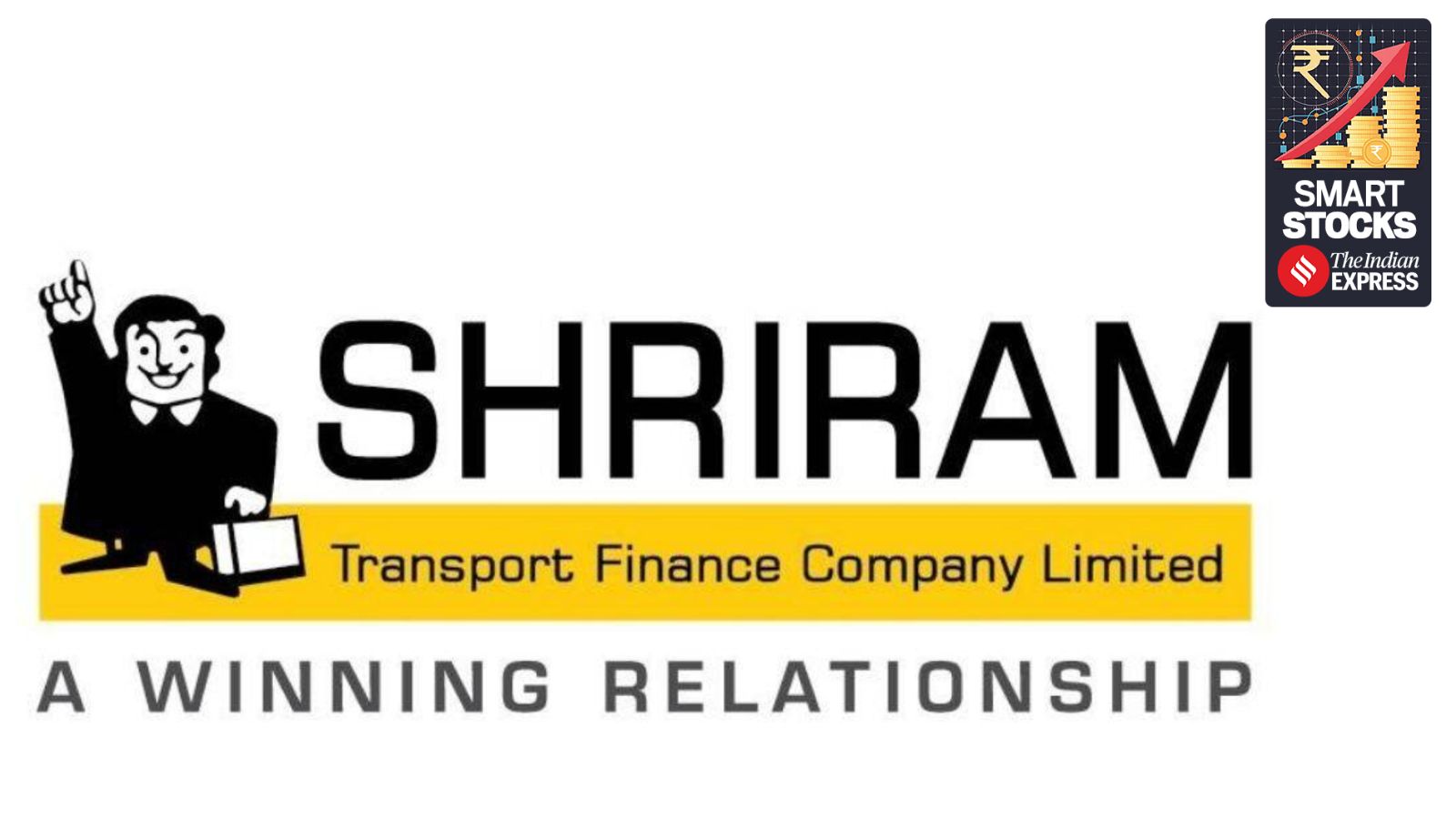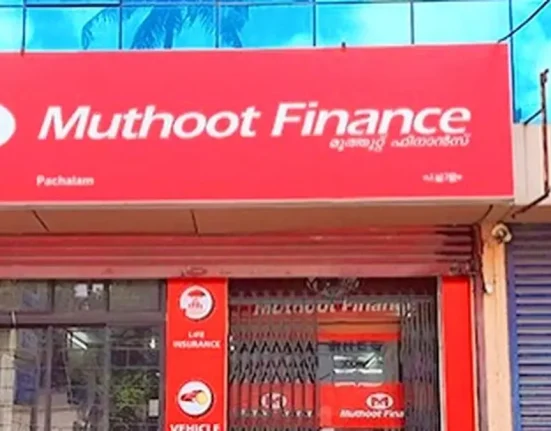When the IL&FS crisis hit in late 2018, India’s NBFC sector was thrown into disarray.
Liquidity dried up, credit growth stalled, and confidence in shadow banks took a big hit. Shriram Transport Finance, then focused mostly on used commercial vehicle (CV) loans, was no exception. The stock dropped sharply, not just because of refinancing worries and economic slowdown, but also due to confusion around the group’s plans.
In 2017, Shriram had announced a complex merger with IDFC Bank to create a full-service financial company. But the deal was called off within months because both sides couldn’t agree on the structure and valuation. Around the same time, Piramal Enterprises, which owned a large stake in Shriram, was exploring ways to consolidate the group under one roof. That too didn’t materialise. Eventually, Piramal exited its investment in 2019. This period of uncertainty and failed deals only made investors more cautious.
But over the next five years, through a combination of operational resilience, conservative lending, and a well-timed merger with Shriram City Union Finance, the business transformed. What was once seen as a CV loan-heavy NBFC became a diversified retail lending powerhouse with a Rs 2.6 trillion loan book, strong rural reach, and improving profitability across segments.
The market took note. From its 2019 lows to early 2025, the stock delivered 6x returns, far outpacing most peers in the sector.
As of Q4 FY25, with 17% AUM growth, 3.5% RoA, and a rebalanced portfolio that’s less dependent on CVs, Shriram Finance looks stronger. Yet, concerns around net interest margin (NIM) compression, asset quality, and macro cyclicality persist.
So the big question is: After a six-fold rally, does Shriram Finance still offer upside, or has it already played its best hand?
Let’s break it down.
Story continues below this ad
The business behind the numbers: What Shriram Finance does
To understand Shriram Finance’s transformation, you have to start with what it used to be.
Before the 2022 merger, Shriram Transport Finance (STFC) was India’s largest lender in one specific segment that used commercial vehicles.
Think second-hand trucks used by small fleet owners, drivers who own 2-3 vehicles, or even first-time entrepreneurs looking to haul goods across India. It’s a gritty, operationally intense business where borrowers often don’t have formal income proof, repayments are cash-based, and collection happens through deep field relationships.
But Shriram made it work, building a Rs 1 trillion+ loan book in this niche alone, with enviable margins and reach into rural and semi-urban India.
Story continues below this ad
Then came Shriram City Union Finance (SCUF), a sister concern focused on smaller-ticket retail loans: two-wheelers, gold loans, MSME lending, and personal loans. When the two companies merged in late 2022, the new entity, Shriram Finance Ltd, suddenly had a much broader product mix.
And that’s where the story changed.
From cyclical to balanced
The CV lending business, while profitable, is deeply cyclical. It depends on infrastructure activity, freight rates, fuel prices, and overall economic momentum. So when STFC merged with SCUF, it wasn’t just about scale. It was about reducing volatility and tapping new growth engines.
Here’s how the portfolio looks now:
- Used commercial vehicles still make up the largest chunk, but their share has dropped from over 70% pre-merger to about 45% today.
- Passenger vehicle loans, mostly used cars and small commercial vehicles, are now 20% of AUM.
- MSME loans have surged to 14%, riding on demand from small shopkeepers and traders.
- Two-wheeler loans contribute ~6%, and
- Gold loans and personal loans account for another 5-6%.

That shift changes the risk profile of the company. Gold loans, for instance, are fully collateralised and offer short tenors. MSME loans are mostly secured against property. Even two-wheeler borrowers, while riskier than salaried home loan customers, are often repeat clients with long-standing relationships.
Story continues below this ad
In short, Shriram is no longer a one-trick CV lender; it’s now a diversified retail NBFC with a much more balanced revenue stream.
AUM growth, RoA, and NIM: What the numbers tell
Let’s unpack the key financial metrics driving this 6x stock performance.
Assets Under Management (AUM)
Shriram’s loan book crossed Rs 2.6 trillion in Q4 FY25 — a 17% YoY growth. Some segments, like MSME loans and two-wheelers, are growing at 25-40% annually.
Return on Assets (RoA)
Shriram consistently delivers an RoA of 3.0-3.3%, one of the best in the NBFC sector. Most banks struggle to cross 1.5%. Even top-tier NBFCs like Cholamandalam and Bajaj Housing Finance operate in the 2.5-3.0% zone. So why is Shriram higher?
Because of two things:
Story continues below this ad
- High yields (most loans are priced at 16-24%)
- A relatively low-cost collection model built over decades in rural India
This is a high-spread business that is messy, labour-intensive, but profitable.
Net Interest Margins (NIM)
In Q4 FY25, NIM slipped to 8.55% from 8.84% a year ago.
Why? Not because yields dropped, but because Shriram was sitting on excess liquidity — Rs 3,100 crore parked in cash and liquid instruments. That dragged margins down temporarily.
The good news? Management says this cash will be deployed in the coming quarters, pushing NIMs back up to ~8.7-8.8%.
Story continues below this ad
Credit costs
Despite lending to relatively informal segments, credit costs remain below 2%. The reason? Most of Shriram’s portfolio is secured or relationship-based. Field officers know the customers. Collateral exists. And recovery is boots-on-ground, not call-center-driven.
The bottom line (so far)
If you strip away the complexity, here’s what’s happening:
- AUM is growing at 15-17% consistently.
- The loan mix is improving, with more contribution from MSME and gold loans.
- Margins are healthy and expected to improve as liquidity is deployed.
- Credit quality is holding up, even in rural markets.
- And the company is delivering high RoA and RoE, quarter after quarter.
That’s what has driven the stock from ~Rs 100 to ~Rs 600 (adjusted) in just five years.
But as always, past returns don’t guarantee future performance. The question now is whether Shriram can sustain this momentum, navigate upcoming risks, and justify a further re-rating.
Story continues below this ad
What’s driving growth and what could derail it?
1. Strong rural demand and deep market penetration
One of Shriram’s biggest strategic advantages is its geography.
While most NBFCs chase salaried borrowers in metros, Shriram built its model around tier-2 and tier-3 cities and rural India. As of FY25, around 68% of its business comes from semi-urban and rural markets. And this isn’t new; it has built trust in these regions over decades.
That’s why it’s able to:
- Charge higher interest rates (often 16-24%)
- Work with informal borrowers (like truckers, farmers, and shopkeepers)
- Operate in niches that are too complex or small for big banks
In a country where 60% of the population still lives in rural areas, this isn’t a bug, it’s a moat.
And the demand? Despite inflationary pressure and some early-stage rural stress, Shriram has seen steady loan demand, especially for two-wheelers, MSME expansion, and personal consumption.
Story continues below this ad
Now with monsoon forecasts looking stable and rural incomes expected to rise, the next few quarters could see even stronger disbursements.
2. Diversification is paying off
Let’s revisit the product mix.
- CVs still form the base, but the segment has matured. Growth here is now 10-12%.
- But MSME loans are clocking 40% + growth.
- Two-wheeler loans grew over 25% last year.
- Even passenger vehicle loans are rising steadily.
- Gold loans, despite a temporary dip, offer strong margin support.
Analysts believe that the shift toward MSME and 2W will help Shriram maintain 9%+ NIMs over the next few years, even as the CV segment normalises.
This diversification is critical. It means that if truck demand slows, Shriram isn’t exposed the way it used to be five years ago.
3. Cautious capital and funding strategy
While fintechs were raising capital and lending aggressively, Shriram stuck to its old-school playbook:
- Public deposits now form 24% of funding — a stable, low-cost base.
- External commercial borrowings (ECBs) have risen to 14%, giving access to global funds.
- Securitisation has become a useful tool to recycle capital.
Shriram has also been reducing its reliance on bank loans and high-cost sub-debt. Plus, the company is clear: it doesn’t want to chase 25-30% growth. It wants sustainable 15-18% growth with stable RoA. That’s how you avoid boom-bust cycles.
4. Risks you can’t ignore: Margins and asset quality
Now the flipside.
NIM compression
In Q4 FY25, NIM dropped to 8.55%, down from over 8.84% a year ago. Why?
- The company raised Rs 7,700 crore through ECBs, leading to excess liquidity.
- That cash sat idle, hurting spreads.
- Meanwhile, borrowing costs nudged higher (cost of funds at ~8.9%).
Management says NIMs should bounce back in FY26 once the funds are deployed. But if loan growth slows or the cost of funds remains high, margins could stay compressed longer than expected.
Asset quality: Stable but worth watching
Shriram’s gross Stage 3 loans fell to 4.55% in Q4 FY25, helped by a large technical write-off. That’s good. But it came at a cost: provision coverage dropped from 51% to 43%.
The company says this is manageable and in line with pre-Covid norms. But the cushion is thinner now. Also:
- Stage 2 loans rose slightly, especially in rural MSME and passenger vehicle loans.
- Stress was seen in states like Uttar Pradesh, Bihar, and parts of Madhya Pradesh, where collections were delayed.
- Some of this is expected to improve with better agri output, but the trend is worth tracking.
In other words: nothing alarming, but no room for complacency either.
5. Macro sensitivity and competitive pressure
Shriram’s business is still closely tied to macroeconomic health.
- If rural demand falters, two-wheeler and MSME loans will get hit.
- If infrastructure spending slows, used CV loans could see higher delinquencies.
- If NBFC funding tightens due to market volatility, borrowing costs may go up again.
To add to this intensifying competition, Mahindra Finance, Chola, and even fintech-led lenders are targeting similar customer segments.
Shriram’s edge lies in its legacy systems, physical presence, and local credit assessment. But in a rising rate environment with aggressive peers, it will have to stay sharp.
So far, Shriram has managed to balance growth, profitability, and risk extremely well. But the next phase won’t be automatic.
In the final section, let’s look at valuations, earnings potential, and whether the stock still offers room for upside.
Valuation check: What’s priced in and what’s not?
Despite the 6x rally over five years, Shriram Finance’s current valuation still feels conservative when compared to peers.
- The stock trades at roughly 2.2x FY25 book value
- It delivers RoE of ~16%, and
- It consistently generates RoA around 3%
However, some of Shriram’s peers like Cholamandalam or Sundaram Finance already trade above those levels despite similar return ratios.
So why the discount?
Because the market is factoring in:
- NIM compression and the risk that it may persist
- Asset quality noise in rural/used CVs
- The complexity of managing such a diversified book
- Lower perceived “franchise value” compared to well-branded retail NBFCs like Bajaj Finance or Muthoot
But that also opens a window.
Hypothetical upside: If things go right
If Shriram delivers on what it’s guiding:
- AUM growth of 15-17%
- NIM recovery to 8.7-8.8%
- Stable credit cost around 2%
- Cost-to-income improvement to ~27-28%
According to consensus estimates compiled by Trendlyne, PAT could reach Rs 11,000-12,000 crore by FY27.
At even a modest 2x P/B multiple, that would imply a stock price range of Rs 750-825 over the next 18-24 months.
That’s about 25-35% upside from current levels, without needing a re-rating to extreme valuations.
Note: This is not a prediction of where the stock price could head. It’s just an if-then calculation for academic purposes.
What could go wrong?
On the flip side, here’s what investors should keep an eye on:
- Delayed liquidity deployment, which keeps margins low
- Rural demand weakness, especially if monsoon or agri incomes disappoint
- Credit deterioration in MSME or 2W segments, which are still being scaled
- Competitive pricing pressure from fintechs or new-age NBFCs chasing the same borrower
If any of this plays out, the upside gets capped, and valuation could settle around 1.5-1.6x P/B, implying limited near-term returns.
Should you add Shriram Finance to your watchlist?
Shriram Finance is no longer an undervalued turnaround. It’s a well-run, scaled-up, diversified NBFC that has matured post-merger. Its core strength lies in sticking to basics, that is, collecting dues, managing risk, and growing profitably in the heartlands of India.
The stock isn’t dirt cheap anymore, but it’s far from expensive, especially relative to peers with lower RoAs and higher valuations.
If you’re looking for a rapid multibagger, this may not be your next bet. But if you want steady compounding, exposure to India’s rural credit story, and a high-yield lender with strong return ratios, Shriram Finance is worth tracking closely.
The next leg of value creation won’t come from P/E expansion. It’ll come from execution.
Note: This article relies on data from annual and industry reports. We have used our assumptions for forecasting.
Parth Parikh has over a decade of experience in finance and research and currently heads the growth and content vertical at Finsire. He holds an FRM Charter and an MBA in Finance from Narsee Monjee Institute of Management Studies.








